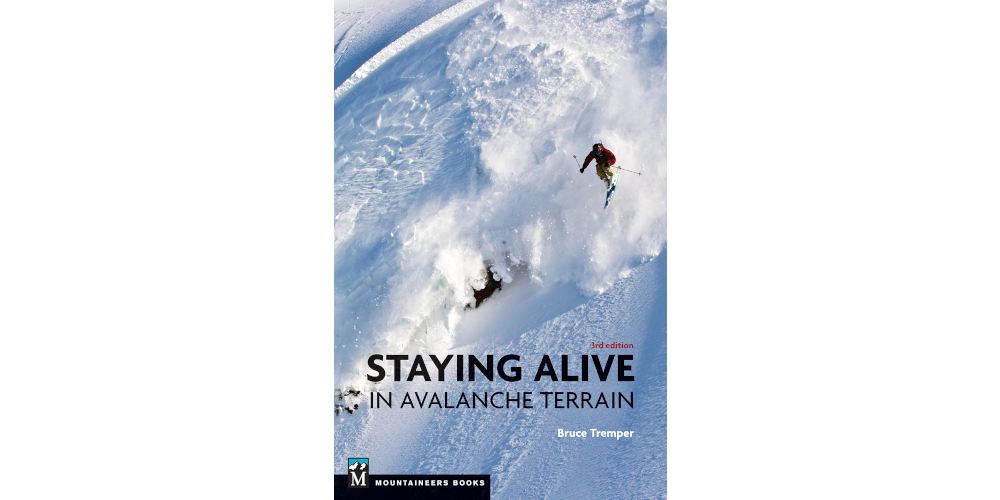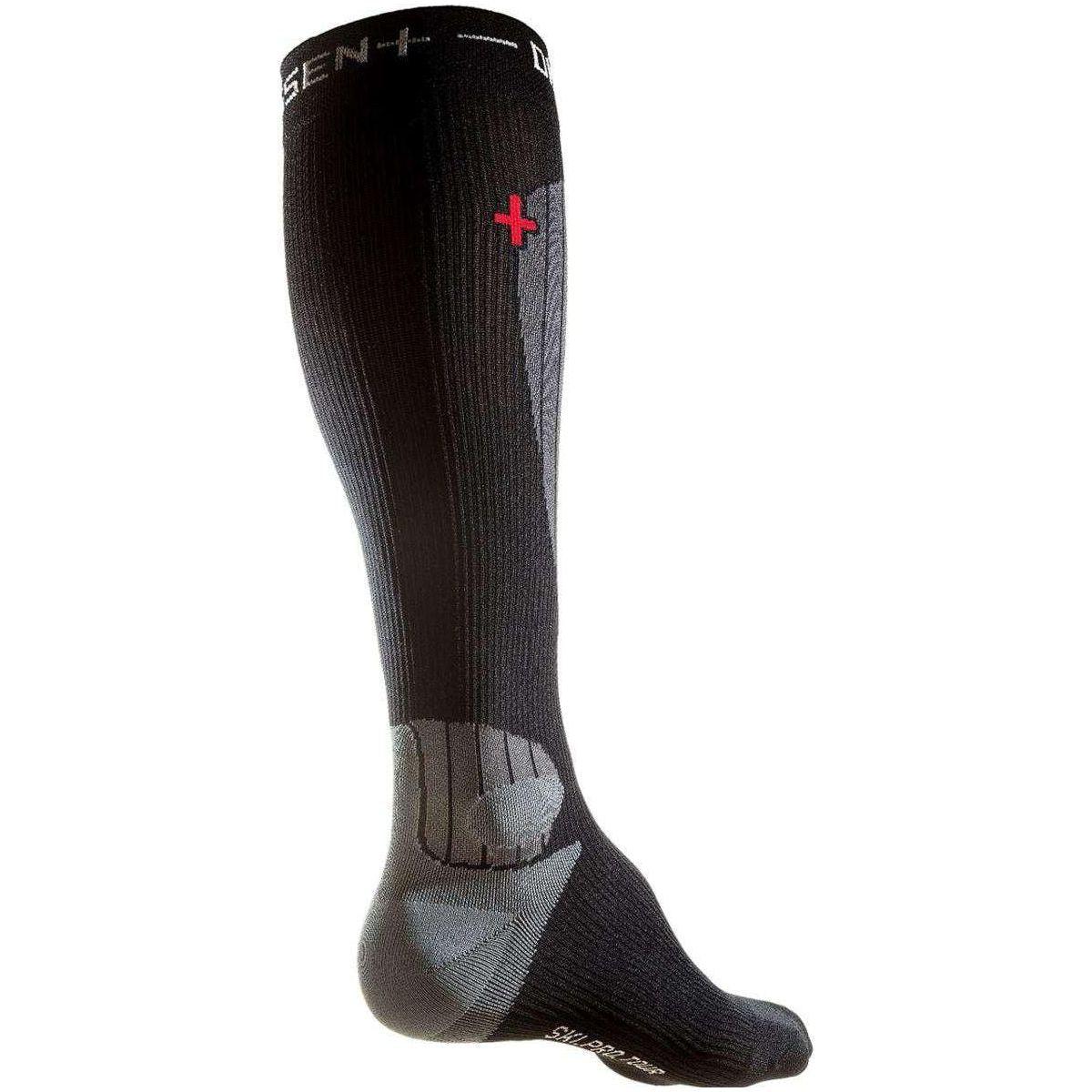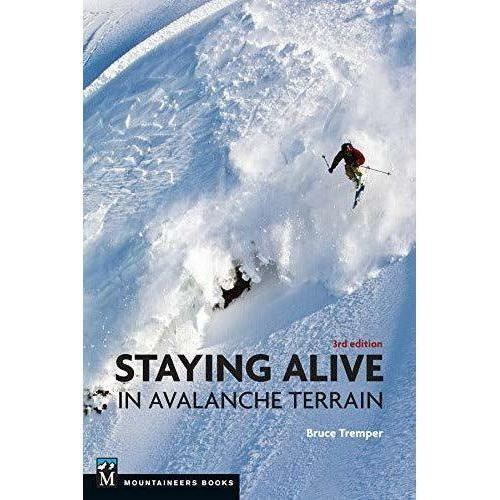Three takeaways from reading Staying Alive in Avalanche Terrain for a third time
It’s dumping and I’m not afraid to say it: I’m pretty notorious for being extra safe in Avalanche Terrain. Growing up in a Colorado ski town instills a healthy fear of the white death. Maybe that’s why I like reading Staying Alive in Avalanche Terrain by Bruce Tremper so often. I just picked up the 3rd Edition, updated this year with all the latest in science and dry humor. If you haven’t read it, Bruce Tremper is the Obi-Wan of educational avalanche book authors and it’s a masterpiece.
The three times I’ve read it, I’ve been pleasantly surprised by how many new things I’ve taken away from it (and a little concerned about the details I’ve apparently missed). This time around, I picked up three new concepts that are worth considering.

Next time you see this iconic cover, be sure to snag a copy!
1. Perhaps 25% of backcountry travelers think “Considerate” avalanche danger ranks below “Moderate.”
Tremper admits that his informal survey is not scientifically rigorous, but even as a ballpark measure, it’s a frightening statistic. Hypothetically, if you and four buddies are touring around during “considerable” avalanche danger, there’s a real chance that one of them is severely under(?)estimating the day’s skiing potential by a factor of 10. If that buddy is particularly persuasive or wears an “expert halo”(i.e. they’re perceived as an avalanche expert but actually aren’t), your fun day in the backcountry could be in jeopardy.
Is this concept that surprising? If asked to arrange the words High, Moderate, Extreme, Low, and Considerable in order of severity without any color clues, a lot of folks would struggle. This goes to show that it might be worth vocalizing avalanche danger levels at the trailhead rather to avoid a misinformed opinion of the potential hazard. Especially since “poor communication is a common denominator in almost all avalanche accidents” according to Tremper.

Getting beta on snow conditions is an important component in the decision making process
2. Most avalanche accidents occur the first sunny day after a storm.
It’s as obvious as it is profound. Who doesn’t want to get pitted in a foot of fresh, especially when it’s a Saturday? But yes, it’s the logical conclusion to the most elementary concept in avalanche education: avalanches occur after sudden change. Big Friday dumps are a big change, and three eager buddies testing a freshly loaded weak layer is also a big change. Don’t get me wrong - fresh snow on a sunny Saturday is more fun than just about anything, but it requires perhaps the most attention and group discipline of any backcountry scenario.
As Roger Atkins, a Canadian heli-ski guide is quoted in the book, “staying alive in avalanche terrain probably has more to do with mastering yourself than mastering any knowledge of avalanches.” As a confirmation to this point, Tremper references Fredston and Fesler (both scientists) that in most accidents, the victims proceeded despite the presence of many obvious clues. So, look for clues! The most obvious one being the avalanche forecast telling you that fresh snow on a sunny Saturday might not be as good of an idea as it is tempting.
![]()
"I’m not afraid to say it: I’m pretty notorious for being extra safe in Avalanche Terrain"
3. On average, teams are more than 20% more accurate than individuals.
Teams are better at making the right decision than a qualified individual according to two studies mentioned in the book. But to make team decision-making the most effective, there must be at least some avalanche expertise or knowledge within the group. In fact, the best ingredients for successful team decisions include a diversity of opinions, free competition of ideas, and a mechanism to narrow choices (e.g. universal veto power).
Creating a solid group dynamic where all input is not only solicited, but valued, is a goal worth working towards even if it makes you look like a safety nerd. Fortunately, skiing with a group founded on respect, face shots, and making it back to the car to crack open a frosty Cold Snack makes for the best days in the backcountry, hands down.
- Bergen Tjossem
You can find him on social media as @bergentoejam










